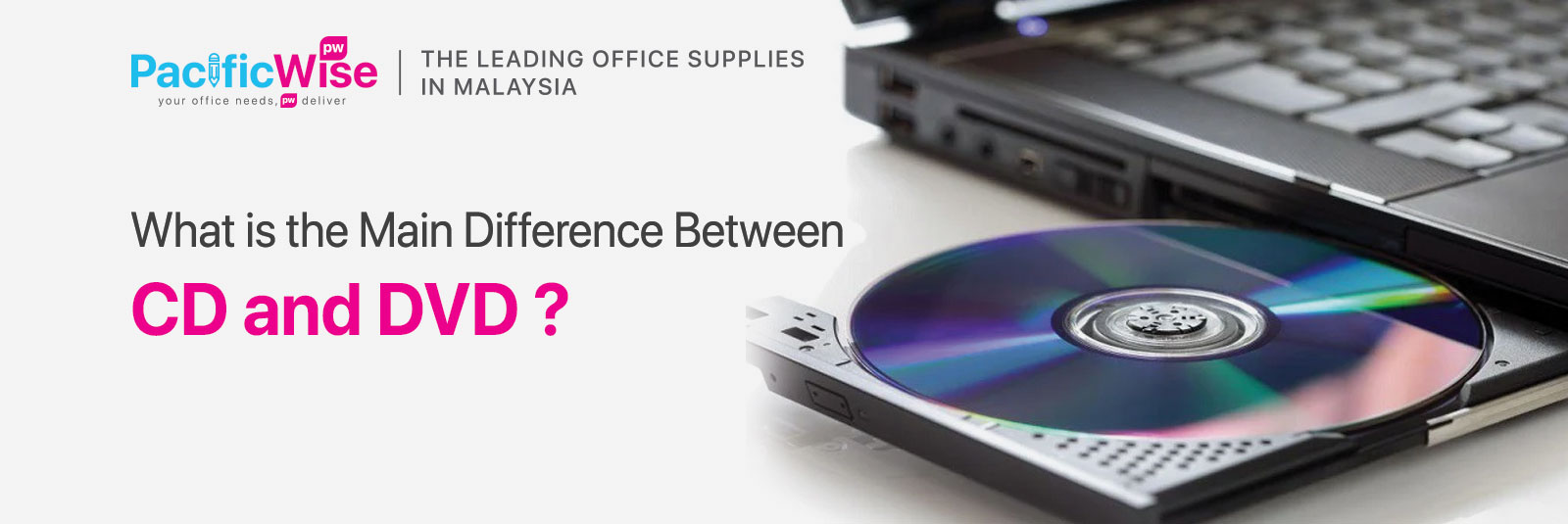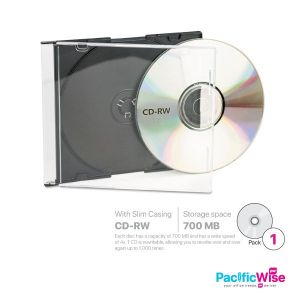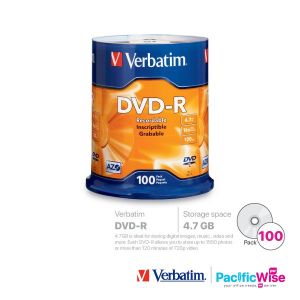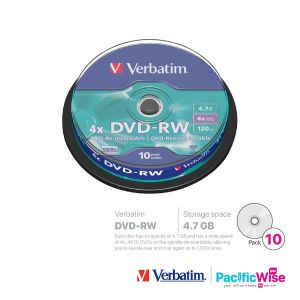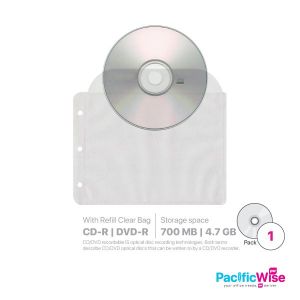What is The Main Difference Between CD and DVD?
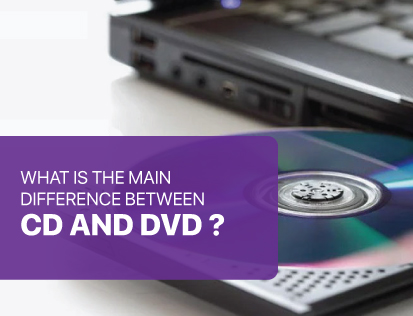
CD and DVD are two different versions of an optical disk. These two versions of the optical disk are different from each other based on their sizes and manufacturing methods. Both CD and DVD work on optical technology and to retrieve the data from the CD and DVD, we use light especially from the laser. The data in the CD and DVD is stored in the form of bits and a laser beam is also connected in them. With the help of this laser beam, we can easily read the data which is stored in the CD and DVD.
| The main difference between CD and DVD is given below |
What is CD?
CD (Compact Disk) is known as the first step to store information and data in the form of digital coding. To store data in the CD, we are using the novel method of coding. It means that we are using a 14-bit coding technique to store data and information in a CD. This 14-bit coding technique is also useful in detecting errors. After the development of the CD, it was accepted at a large scale. Its reason was that it was the low-priced method to store huge amount of information in the digital form.
CD-R: Compact Disc-Recordable is a type of write once, read many compact disc format that allows one-time recording on a disc. It has size up to 700 mb.
CD-RW: Compact Disc Rewritable is a digital optical disc storage format. A CD-RW disc is a compact disc that can be written, read arbitrarily many times, erased, and written again. It has size variations same as CD-R.
What is DVD?
DVD (Digital Versatile Disk) can also store information in the digital form. The main quality of a DVD is that it can store information several times larger than the CD. A DVD can render the videos with random access and better quality of the image. A DVD is also prepared from the same material as we are preparing the CD. Anyhow, method and layers of these two discs are different. We can use the DVD from both sides. Therefore, we can say that two CDs are sticking together on a DVD. The main reason behind the larger space of a DVD is that it has dense packing of the bits, it has the shortest wavelength laser and we can store data in both sides.
DVD-R: Digital Versatile Disc Recordable is a type of write once, read many digital disc that allows one-time recording on a disc. It has size up to 4.7 GB.
DVD-RW: Digital Versatile Disk Rewritable is like a DVD-R but can be erased and written to again. It has size variations same as DVD-R.
Key Difference Between CD and DVD
| CD | DVD | |
| Capacity | 700MB | 4.7GB |
| Use | To store program files | To store large files |
| Playback | CD & DVD players | DVD players only |
| Dual-Layer | Not | Have |
| Formats | CD-R & CD-RW | DVD-R & DVD-RW |
| Video Formats | Not | Have |
| Purpose | Audio & Programs | Larger Files |
| Pits | Single Layer | Double Layer |
| Space b/w loops | 1.6mm | 0.74mm |
| Transfer Rate | 1.4-1.6MB/s | 11MB/s |
| Bit Length | 300nm | 113nm |
| Thickness | 1.2mm | 0.6mm |
Conclusion
Both CD and DVD are known as optical recording mediums. Anyhow, a CD is the best medium to record the audio. On the other hand, a DVD is the best medium to store universal data. Due to the larger storage of a DVD, we can use it to store larger files. On the other hand, due to less storage capacity, we can use a CD to store only audio files and software. The formatting efficiency of a DVD is also 32% greater than the formatting efficiency of a CD.
Source
https://www.bzuscience.com/2020/03/difference-between-cd-and-dvd.html
https://www.quora.com/What-is-the-difference-between-CD-R-CD-RW-DVD-R-and-DVD-RW

